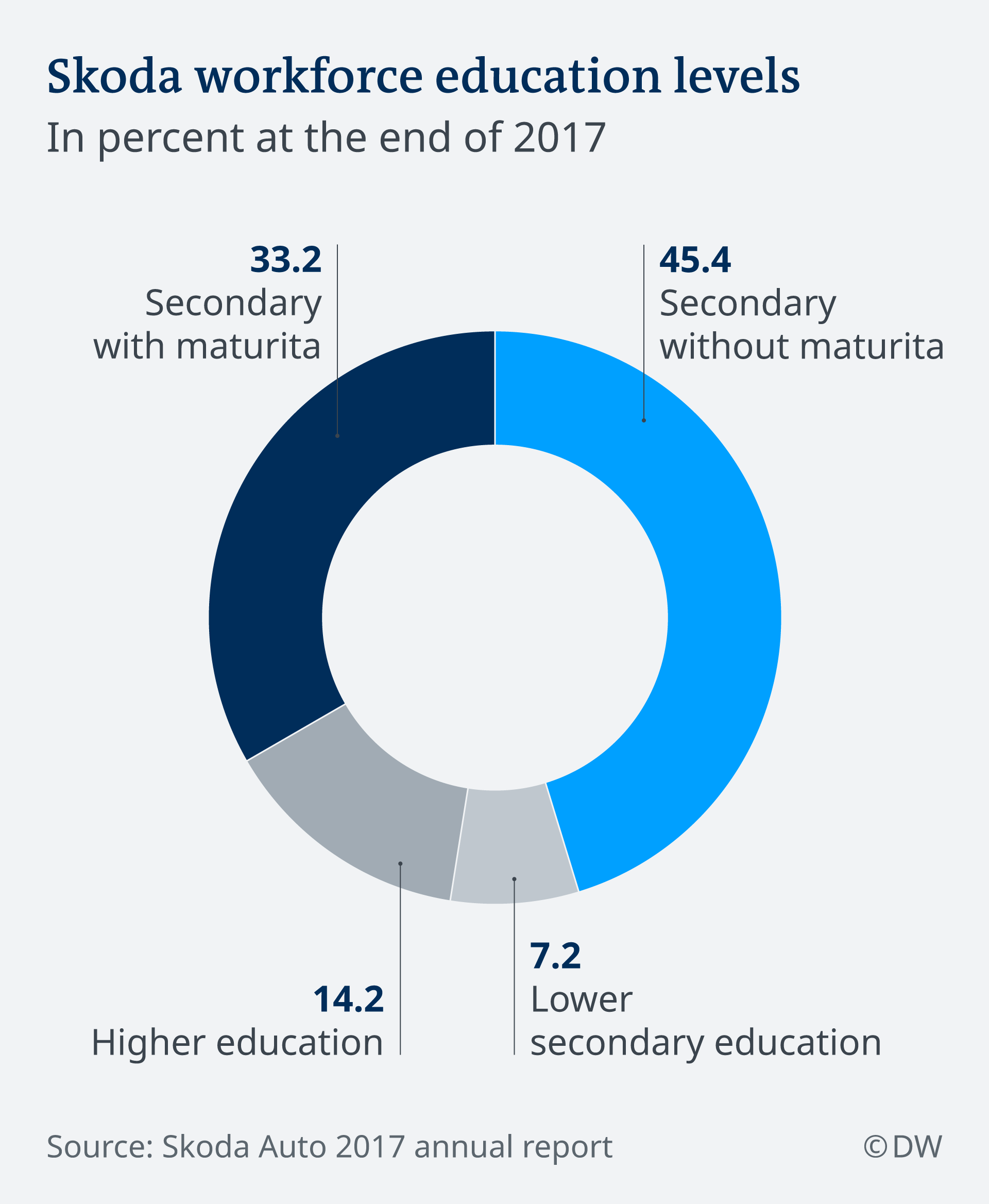Young men showed lower accuracy than women and older men. A Sex ? Age ANOVA showed significant main effects of sex and age and their interaction effect, F(1, 577) = , p 2 = 0.07; F(4, 577) = 3.82, p = 0.004, ?p 2 = 0.03; F(4, 577) = 7.04, p 2 = 0.05, respectively. When analyzed separately, men showed a significant age effect, F(4, 286) = 7.24, p 2 = 0.09, while women did not, F(4, 291) = 2.02, p = 0.092, ?p 2 = 0.03). Sex differences were significant in the 20s, 30s, and 40s (ps 0.392). The largest difference was found in the 20s. Women answered correctly (M = 92.0%, SD = 11.7, 95% CI [89.0, 95.0]) more than men (M = 74.9%, SD = 18.6, 95% CI [69.7, 80.1]), and the effect size was large (d = 1.12).
Contour 6A shows the consequences regarding sex and you can years towards precision out-of discriminating involving the +50% and you will –50% sizes of fifty chemical face
Shape six. Gender and you can age differences in cuteness discrimination precision. Players (Letter = 587) was basically expected to choose the cuter deal with in the pair. Error pubs indicate 95% count on periods. Note that the accuracy to have prototype confronts does not have any error bar as the really worth indicates the new proportion out of respondents just who replied correctly using one trial. (A) The information towards the 50 element confronts. (B) The info to the prototype faces. (C) The data to your controlled average face  .
.
Moobs ? Intercourse ? Ages ANOVA exhibited tall fundamental aftereffects of gender and you can years and you will the communication perception, F(1, 577) = , p 2 = 0
A similar pattern where men had been smaller responsive to cuteness distinctions try used in almost every other stimulus set. Toward research of the prototype faces (Shape 6B, only 1 trial per new member), men displayed straight down best costs. The number of participants whom replied correctly is actually 57 from sixty lady and you may 38 off 52 guys within twenties (p = 0.001) and 58 regarding 59 women and you can 52 regarding 58 males within 30s (p = 0.061), centered on Fisher’s precise take to.
Likewise, the data on average faces (Figure 6C) showed a similar result. 06; F(4, 577) = 5.47, p 2 = 0.04; F(4, 577) = 5.05, p = 0.001, ?p 2 = 0.03, respectively, which resembled the results of the ANOVA for the 50 composite faces. The main effect of pair was also significant, F(2, 1154) = , p 2 = 0.09. A post hoc comparison showed that all of the pairs differed from each other (p 2 -value increased significantly, F(1, 582) = 4.04, p = 0.045. The regression coefficient of parental status was positive (B = 2.48, 95% CI [0.06, 4.90]), indicating that having a child was associated with higher discrimination accuracy, although the size of the increase was small (about 2.5%). Then, the interaction terms including parental status were entered in a stepwise fashion. As a result, the predictor of parental status by age (centered at their means) was entered into the third model, with a significant increase in the R 2 -value, F(1, 581) = 3.88, p = 0.049. The regression coefficient of this interaction term was negative (B = –0.18, 95% CI [–0.35, –0.00]), indicating that the enhancing effect of parental status on cuteness discrimination accuracy reduced as age increased. Supplementary Figure 5 shows the relationship between parental status and cuteness discrimination accuracy by sex and age group.
Whenever a similar hierarchical multiple linear regression was utilized in order to cuteness score data, including parental condition since a beneficial predictor adjustable failed to increase R dos -philosophy significantly, F(1, step one95) = step one.77, p = 0.185; F(1, 224) = 0.07, p = 0.792, into suggest get of 80 amazing confronts and suggest score of one’s 50 element faces, correspondingly.